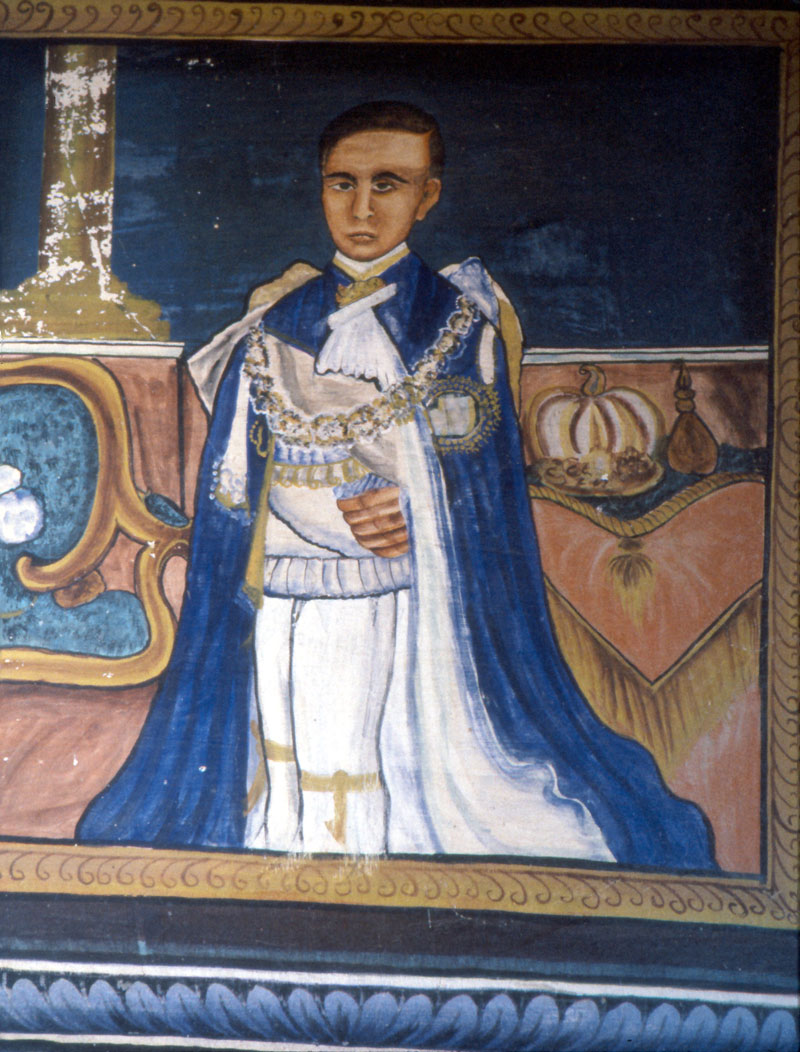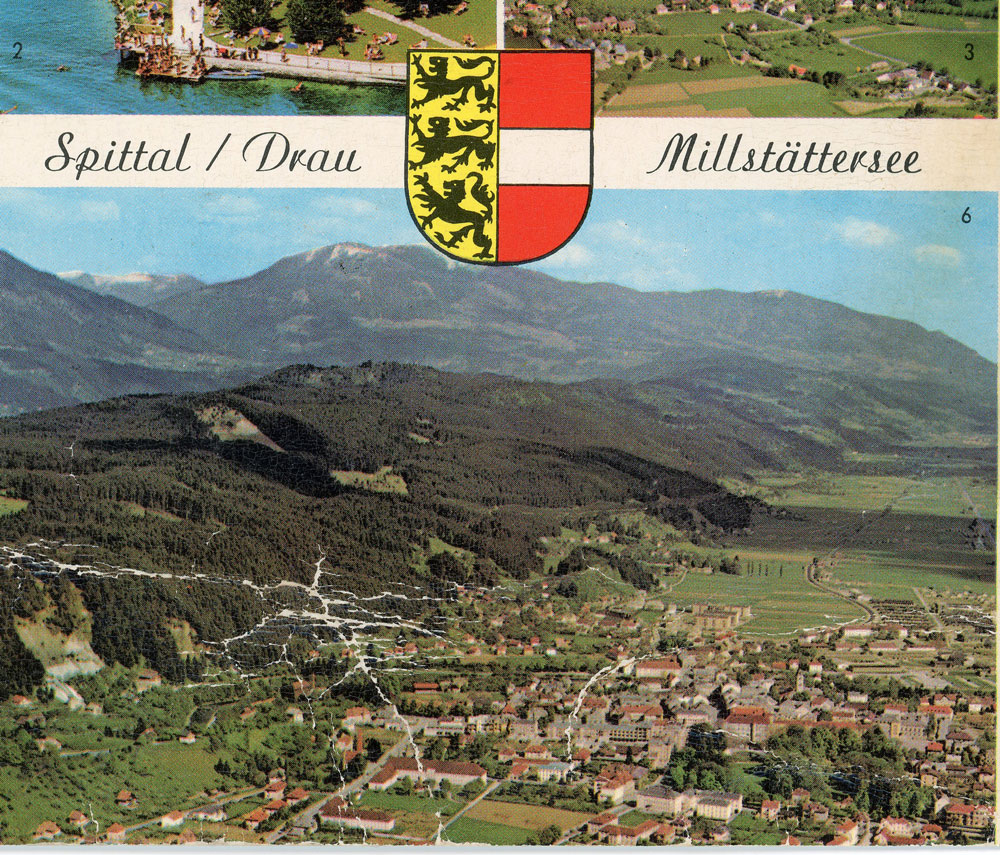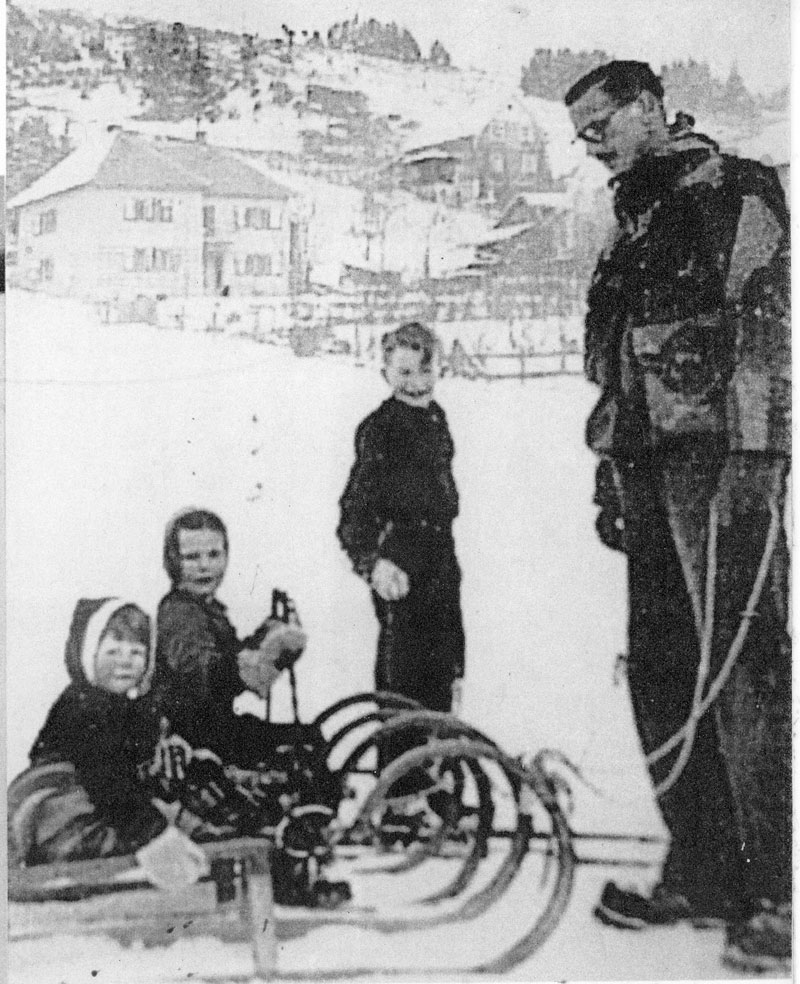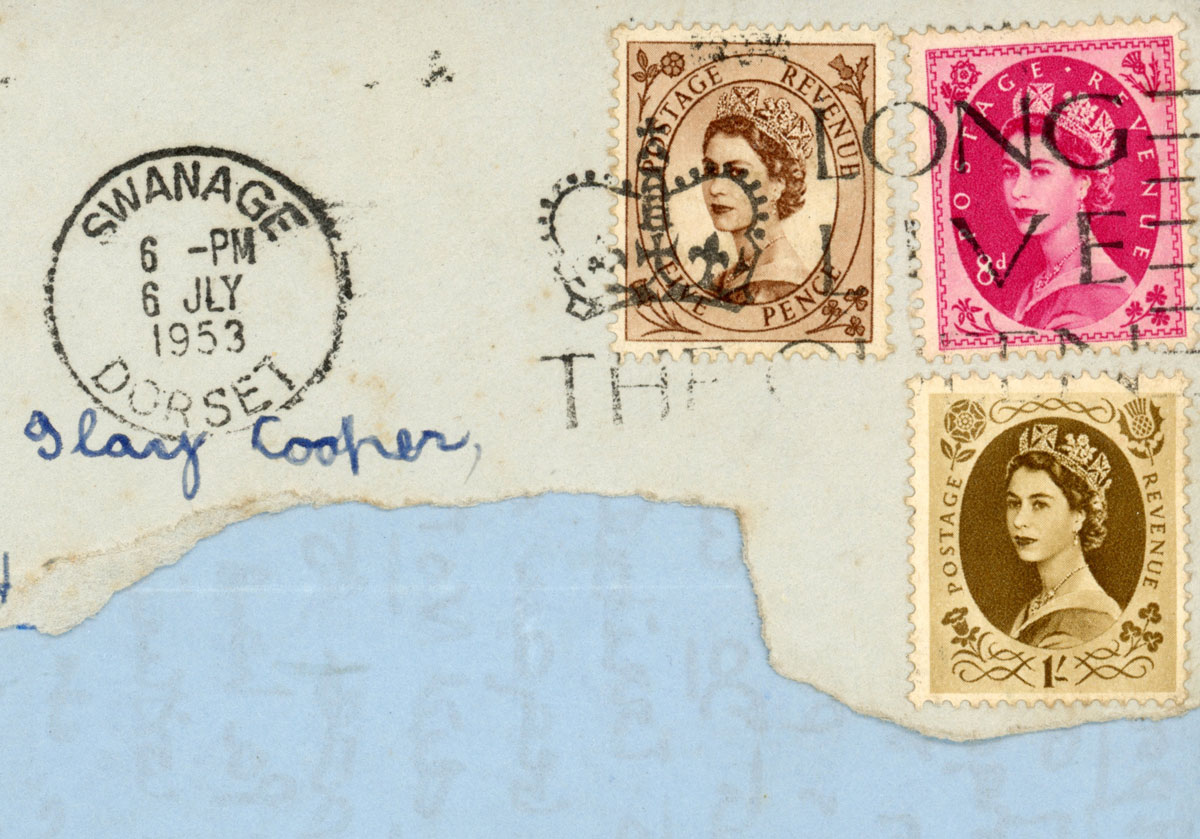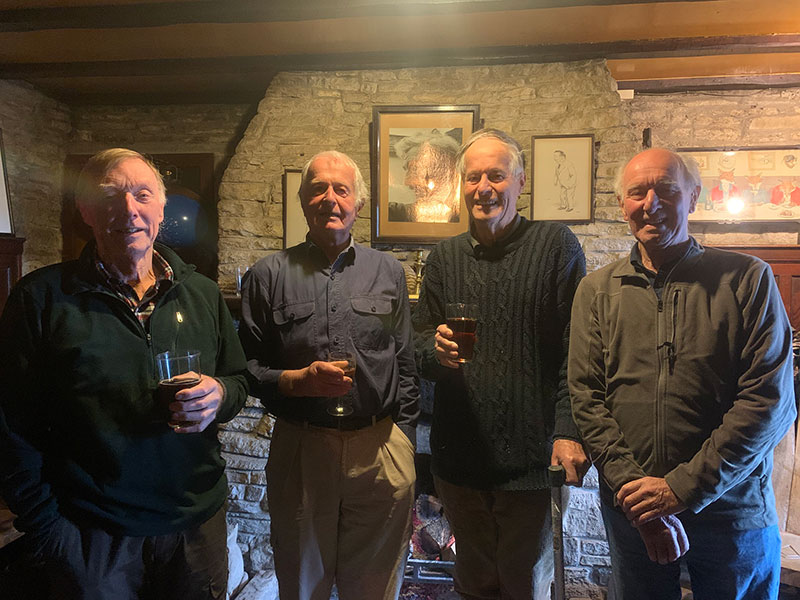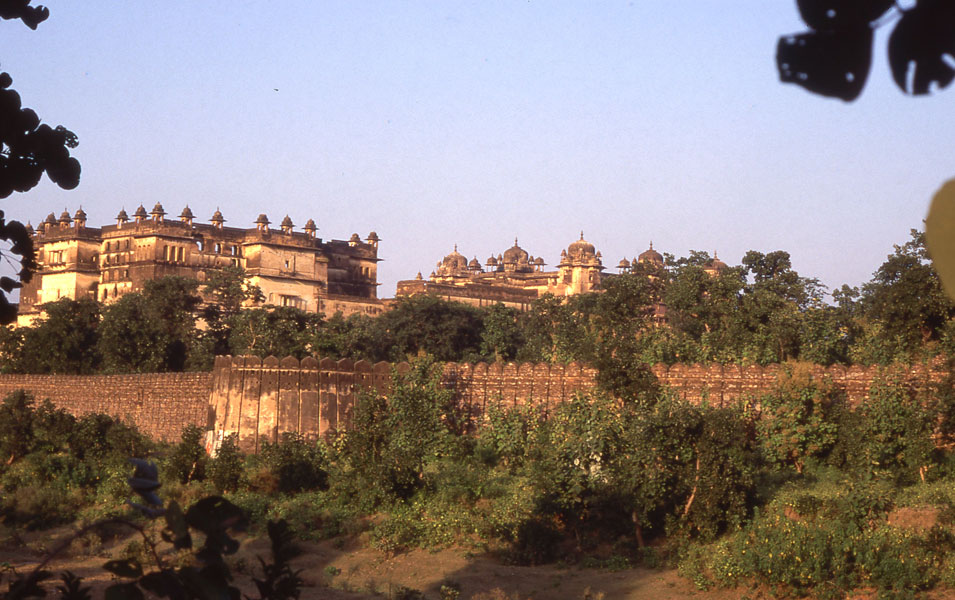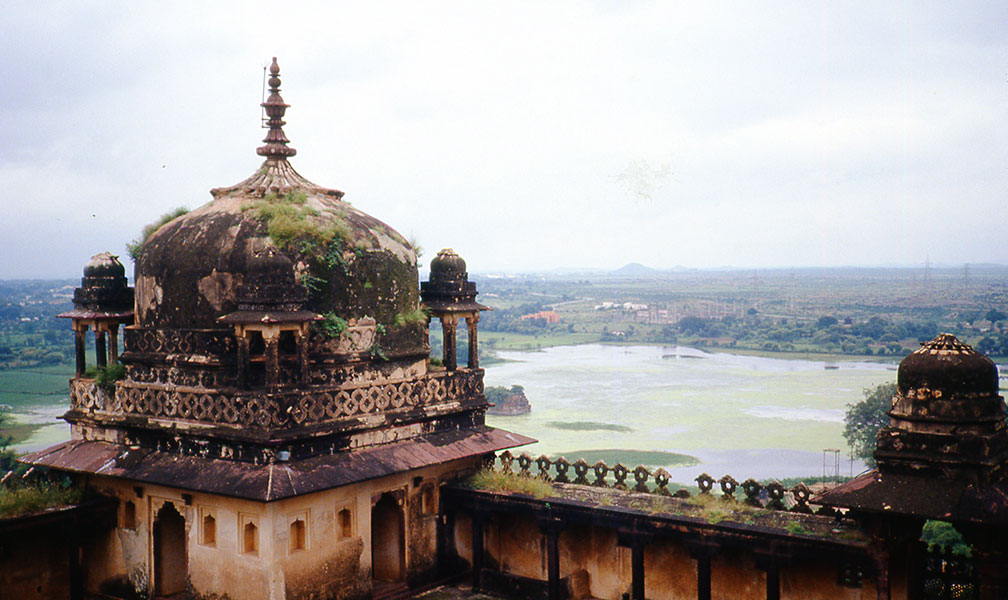58. A Long Reign
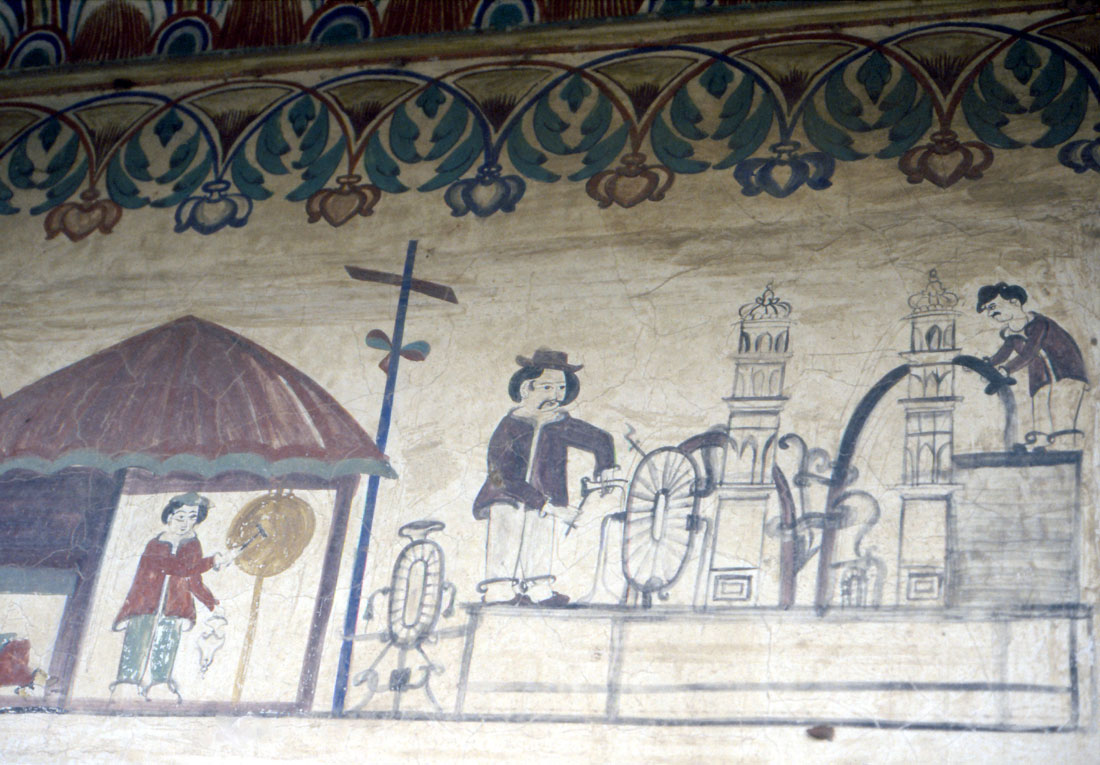
57. The Odd British Inventions In Rajasthani Walls
January 6, 202259. Biking Deeper Into Rajasthan
March 3, 2022T his month’s piece was intended to follow a journey in India, but Sunday morning radio broke with a particularly individual peal of church bells. Being in England, I associated this, without any prompting, with the 70th anniversary of Queen Elizabeth’s accession. Then came news of Lata Mangeshkar’s death at 92. Always a mellifluous girl of any age, she must have many fans here. Almost everyone in the world has heard her. Whenever a snatch of Hindi film song invades the media the chances are it’s in her voice. Half the songs I learned over years in India were sung by her. So that set the scene for the day and inspired this article.
The queen? I was eight, in Austria where my father was serving with the West Yorks as part of the post-war army of occupation. Like Germany, Austria had been partitioned between Russia, America, France and Britain. The capital, Vienna, was also divided, but I missed going there. The night we were due to leave our home in Swanage I was sick with the excitement and woke next morning to find my family had all slipped away quietly, leaving me with granny – Grug, we called her. A couple of months later, she took me to London, pointing out the Festival of Britain’s Skylon (a sort of rocket that didn’t fly), houses wrecked by German bombing. People had been killed in all those ruins. She handed me to my aunt, Spinie (not her christened name), who put me onto a train bound for Harwich and the ferry across to the Hook of Holland. That little voyage remains clear, as does breakfast in some huge Dutch hall lit with neon which rendering the bacon and eggs an odd green.
There we boarded the Medlock, a British military train (I guess – I’m writing this from the memory of an eight year old) carrying school kids to join their army parents for school holidays. Flat Holland was cut by canals with herons. Did some of the cyclists wear wooden clogs or has my memory provided them, already knowing they should be there? The train pulled into ruined Cologne where families still lived in half-bombed tenements. I was bright enough to know that folk had died there, too. That vision alone was enough to grant the wisdom to vote for Europe.
My family were waiting on the platform in Spittal. We lived in Oktoberstrasse and a lorry took us each morning to the army school beside the rushing, green River Leiser where windows gave onto dippers walking beneath the water. We always arrived late for Sunday mass, avoiding a lengthy German sermon, which my mother thought too much of a challenge for her brats. The equally incomprehensible Latin passed unscathed.
My family were waiting on the platform in Spittal. We lived in Oktoberstrasse and a lorry took us each morning to the army school beside the rushing, green River Leiser where windows gave onto dippers walking beneath the water. We always arrived late for Sunday mass, avoiding a lengthy German sermon, which my mother thought too much of a challenge for her brats. The equally incomprehensible Latin passed unscathed.
Despite two wars, the people were friendly and I soon made friends. There were DPs (Displaced Persons – no one said ‘refugees’) encamped at the edge of the town. My parents would identify the Russians, Jews, Hungarians by their different clothes or hats. Discovering a cache of Nazi emblems in the attic of the padre’s house, someone gave me a scarlet flag with a crooked cross. With impeccable logic, a German flag in a German speaking land, I draped it on a snowman in the street. Its stay was brief. Eventually my mother, full of loathing, contrived to burn it ‘since it was smelling rather damp’.
So that was my world in winter 1952 of which February 6th is the only individual day which remains clear. Coming back from school, I rushed into the house shouting ‘Mummy, mummy the King is dead!’. At school they knew such things. She grabbed me and said ‘You mustn’t spread rumours like that. We are a long way from home and people might believe you.’ It was useless insisting and tea was a greater priority. An hour later my father came back from his office saying ‘Mary, Mary the king is dead!’ She believed him. Later, she had the grace to apologise, slipping me some BAFSVs – special forces currency with hexagonal plastic coins – red pennies and yellow ha’pennies – to spend at the NAAFI. What did I buy? ‘Sweets’ is the obvious answer, but sugar was still rationed. Soon the newspapers were blazoned with a photograph of three queens at the royal funeral – Mary and two Elizabeths – deep in mourning.
One other surviving cameo was the black banners the local administration put up in the town. The regiment was under the impression that this gesture was because The West Yorks were nicer, more friendly with the locals than The Dorsets, whom we had replaced. In those days we believed such things, believed, too, that one religion was better than another. The world was a big place with much to learn.
I only had a year in Austria, but grew to love it and the friends made and lost there. We travelled back to Swanage together – a forgotten journey save for the fact that my little brother had to pee into a cigarette tin. By April I was cycling between Ulwell Road and Hillcrest, a little prep school at Sunnydale. The Edwardian building remains, now surrounded by little bungalows. I pass it with no nostalgia.
Then came the build-up towards the Coronation – fresh postage stamps – we all collected stamps - and coins with the queen’s head. They talked of a new Elizabethan Age amongst the greyness of post-war austerity and rationing. There were still bomb sites in Swanage and the bases of two wartime emergency water reservoirs, one of which dictated the shape of the present library.
Swanage had two main photography studios. We patronised Joan Muspratt’s in Institute Road. Powell’s, on the sea front, was painted a distinctive caramel, its display window turning in to a recessed doorway. In the pre-Coronation flurry, Mr Powell had an ancient, double-paged browned newspaper stuck up in his window. It gave a contemporary account of Queen Victoria’s coronation – 1838. I occasionally stopped to look at it, thinking of the excitement to come…and the end of sugar rationing!
But I’ve neglected Lata Mangeshkar. Playback singer par excellence, she was born in 1932 in Indore, where I later saw in the new millennium - indoors in Indore to evade the powerful celebratory thunderflashes being chucking around. A woman of many faces, the voice to which every starlet mimed. For decades, she, along with her sister, Asha Bhonsle, cornered the market women’s song, absent in her presence in so many films. Daily, I woke to her voice rising from the tea house below my room in Rajasthan. She will still be there!

